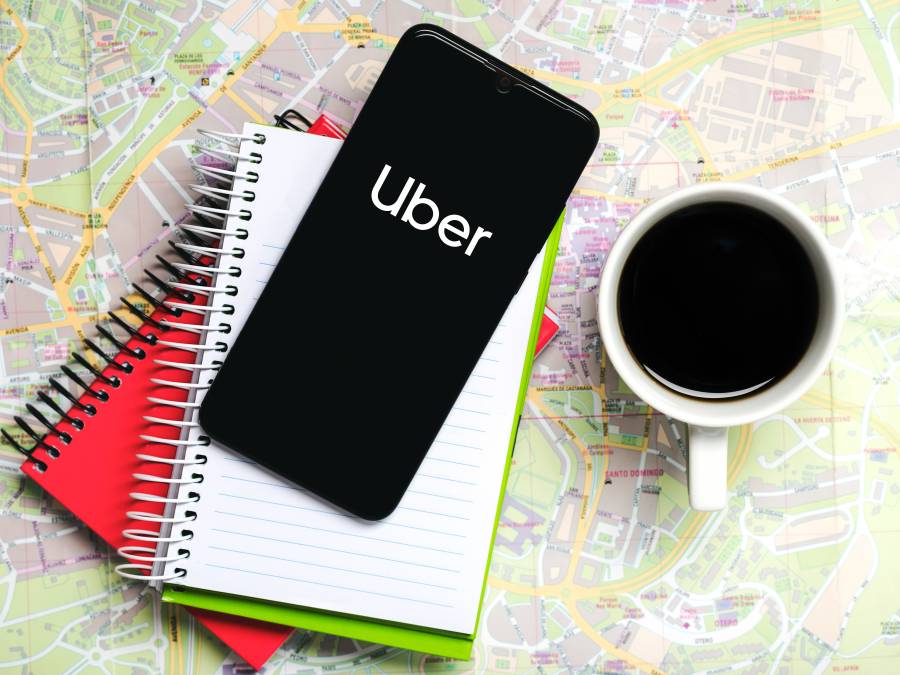Uber has become a popular choice for individuals looking to earn extra income or work flexible hours.
However, drivers often wonder if they can operate in multiple states to maximize their earning potential.

In this comprehensive guide, we will discuss the possibility of driving for Uber in two different states, the factors that may affect this decision, and tips for navigating the process.
Contents
- 1 1. Uber’s policies on driving in multiple states
- 2 2. State-specific requirements
- 3 3. Vehicle registration and insurance considerations
- 4 4. Tax implications
- 5 5. Managing your schedule and availability
- 6 6. Navigating local regulations and restrictions
- 7 7. Building a strong driver rating and reputation
- 8 8. Networking with other drivers and local support resources
- 9 9. Balancing personal and professional responsibilities
- 10 10. Evaluating the benefits and drawbacks of driving in multiple states
- 11 Conclusion
1. Uber’s policies on driving in multiple states
Uber’s policies regarding driving in multiple states vary depending on the specific regulations and requirements of each state.
While some states allow drivers to operate in multiple locations, others have more restrictive rules that limit drivers to a specific city or region.
As a result, it is essential to familiarize yourself with the laws and regulations governing rideshare services in each state where you plan to drive.
2. State-specific requirements
Each state has its own set of requirements for rideshare drivers, which may include background checks, vehicle inspections, insurance coverage, and driver’s license verification.
These requirements may differ significantly between states, so it is crucial to understand and comply with the regulations in each location where you plan to drive.
If you are considering driving for Uber in two different states, be prepared to meet the specific requirements of each state.
This may involve obtaining additional permits or licenses, undergoing multiple background checks, or securing separate insurance policies.
3. Vehicle registration and insurance considerations
When driving for Uber in multiple states, it is important to ensure that your vehicle registration and insurance coverage are valid in both locations.
Some states may require rideshare drivers to obtain commercial vehicle registration or maintain a higher level of insurance coverage.
Before driving in a new state, review your vehicle registration and insurance documents to verify that they comply with local requirements.

In some cases, you may need to obtain separate insurance policies for each state where you plan to drive.
Contact your insurance provider to discuss your options and ensure that you have the appropriate coverage for both locations.
4. Tax implications
Driving for Uber in two different states may have tax implications, as you may be required to file income tax returns in both states.
Be sure to consult with a tax professional to understand your tax obligations and ensure that you are in compliance with all relevant state and federal regulations.
Additionally, keep accurate records of your earnings, expenses, and mileage for each state where you drive.
This information will be essential when preparing your tax returns and claiming deductions for rideshare-related expenses.
5. Managing your schedule and availability
When driving for Uber in multiple states, it is essential to manage your schedule and availability effectively.
This may involve coordinating your driving hours between states, taking into account travel time and potential differences in peak demand periods.
To maximize your earnings, consider driving during peak hours or special events in each state. This may require adjusting your schedule to accommodate different time zones or local patterns of demand.
As an Uber driver operating in multiple states, it is crucial to stay informed about local regulations and restrictions that may affect your ability to provide rideshare services.
This includes staying up-to-date on any changes to state laws, city ordinances, or Uber policies that could impact your eligibility to drive.
Be prepared to adapt your driving practices to comply with local requirements, such as airport pick-up and drop-off procedures, designated rideshare zones, and vehicle inspection standards.
7. Building a strong driver rating and reputation
Maintaining a high driver rating and positive reputation is essential when driving for Uber in multiple states.
Consistently providing excellent service and adhering to Uber’s community guidelines will help ensure that you receive favorable ratings from passengers, regardless of your location.

To build a strong driver rating and reputation, focus on delivering exceptional customer service, maintaining a clean and well-maintained vehicle, and communicating effectively with passengers. These factors will contribute to positive rider experiences and enhance your overall success as a rideshare driver.
8. Networking with other drivers and local support resources
Connecting with other Uber drivers and local support resources can be invaluable when navigating the challenges of driving in multiple states.
Join online forums, social media groups, or attend local meet-ups for rideshare drivers to share information, advice, and experiences related to driving in different locations.
Additionally, utilize local support resources, such as Uber Greenlight Hubs or driver support centers, to obtain assistance with state-specific requirements, vehicle inspections, or other issues that may arise during your rideshare journey.
9. Balancing personal and professional responsibilities
Driving for Uber in two different states may require significant time and energy, which could impact your personal and professional life.
Be sure to strike a balance between your rideshare commitments and other obligations, such as family, friends, and self-care. Establishing boundaries and maintaining a healthy work-life balance will help ensure your long-term success and well-being as a rideshare driver.
10. Evaluating the benefits and drawbacks of driving in multiple states
Before committing to driving for Uber in two different states, carefully evaluate the potential benefits and drawbacks of this arrangement.
Consider factors such as increased earning potential, expanded customer base, and greater flexibility, as well as potential challenges such as additional expenses, regulatory compliance, and increased travel time.
By weighing the pros and cons of driving in multiple states, you can make an informed decision about whether this approach is suitable for your unique circumstances and goals as a rideshare driver.
Conclusion
Driving for Uber in two different states can offer numerous opportunities for increased earnings, expanded customer reach, and greater flexibility.
However, it also presents unique challenges related to state-specific requirements, vehicle registration and insurance, tax implications, scheduling, and regulatory compliance.
By carefully considering these factors and implementing the tips outlined in this guide, you can successfully navigate the complexities of driving for Uber in multiple states and enjoy a rewarding rideshare career.

Hey there! I’m Dave, an experienced Uber driver and the driving force behind this blog. Since 2015, I’ve been sharing my wealth of knowledge and practical advice on all things Uber.
From maximizing your earnings to navigating surge pricing and choosing efficient routes, I’ve got you covered. I’m passionate about empowering fellow drivers, creating a sense of community and support.
Join me on this exciting journey as I guide you through the ins and outs of the rideshare world, helping you become an Uber expert. Let’s hit the road together and unlock the secrets to success in the world of Uber.






